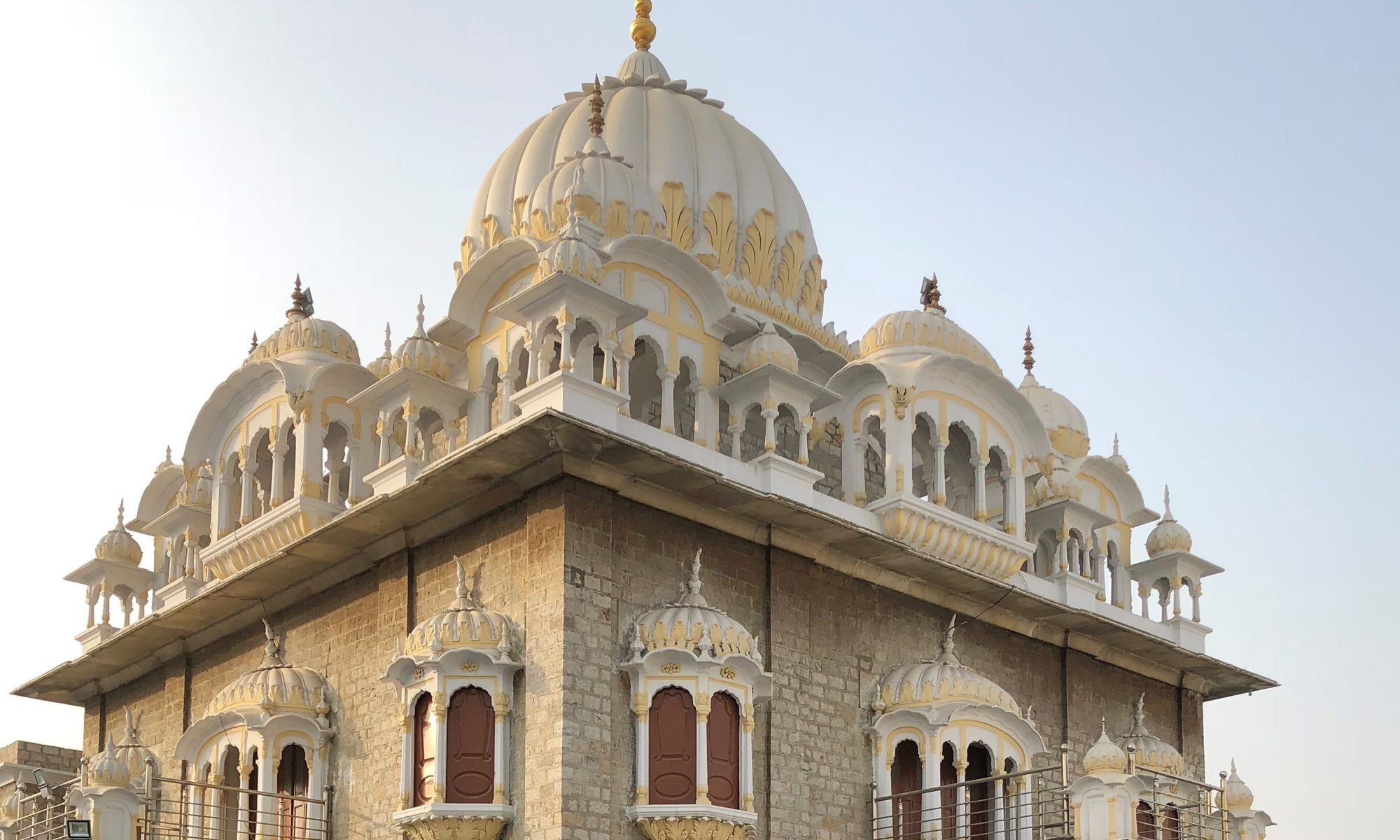There are, of course, lots of parallels between Sikhism and Star Wars. The Jedi themselves are saint-soldiers just like the Khalsa, and the Jedi are called “an ancient religion” in the way that Gurmat has existed from the beginning of time. The Force is a Universal Grace like the Naam, something which is worshipped at all times beyond religion. The Lightsaber is a sword to fight injustice like the kirpan, and is constructed individually in the same way as “sarb loh” is not mass-produced ironwork. The vir asan is used by the Jedi when they bow with uplifted left knee and right knee placed on ground; the vir asan or heroic pose is used when receiving Khande-de-Pahul/amrit. Jedi knights are cremated like the Khalsa. The difference between the light side and the dark side is like the difference between Gurmat and manmat, God-oriented or ego-oriented which is the only distinction. The Jedi are not missionary trying to impose their faith on any, and the same is true of the Khalsa. The path to the dark side, to ego-centricity is fear, and the path of the Guru is fearlessness. The Khalsa is to be Nirbhao, Nirvair, without fear, without hatred. The Khalsa has no fear since s/he is awake to Universal Grace or Gurmat. Guru itself means “destroyer of darkness” and the Guru-Sikh relationship is paralled by the Master-Apprentice relationship of the Jedi and the Sith. Just like the Sarbat Khalsa, the body of all members of the Order of the Khalsa, the Jedi have a Supreme Council where all sit as equal and decisions are made by consensus.
Three major differences stand out: Sikhs also enjoy Guru Granth Sahib Ji where the Light side of the Force, the Guru, is visible. In some Star Wars spin-off books there was a crystal or other manifestation of the Light side. The other difference is that there are no female Jedi knights whereas women all equal members of the Order of the Khalsa, and finally, the Khalsa is married with children as part of the sehaj, the spontaneous balance and dynamic harmony with Life. The Jedi knights do not appear to be married but, in fact, Anekin who is destined to bring balance to the Force, did marry and have children – in other words, Star Wars might well bring out these three missing dimensions from the Khalsa Inspiration. Does this mean that George Lucas is a Sikh? No and yes. No, if we think of a Sikh as an identity, a tribal claim. Yes, if we think of Sikh as an Inspiration. Gurbani refers to people like Prahlad, and includes writings from people like Farid and Kabir who do not know the word Sikh or refer to Sikh and Khalsa as universal categories. When Guru Nanak said that “there is no Hindu, no Muslim” he was talking about the end of tribalism. Spirituality is about universal and non-exclusive categories, but with an Inspired and definite discipline. Such is the Khalsa. In the same way, Professor Puran Singh wrote about “Walt Whitman and the Sikh Inspiration” we can talk about George Lucas and the Khalsa Inspiration.
Kanwar Ranvir Singh
